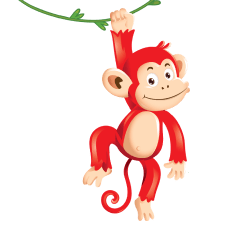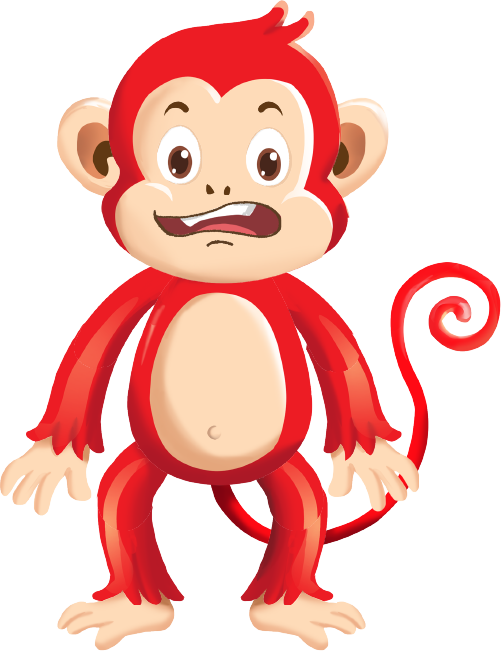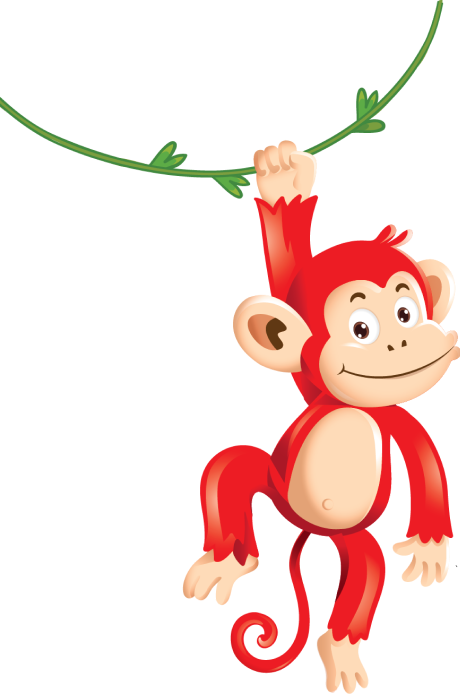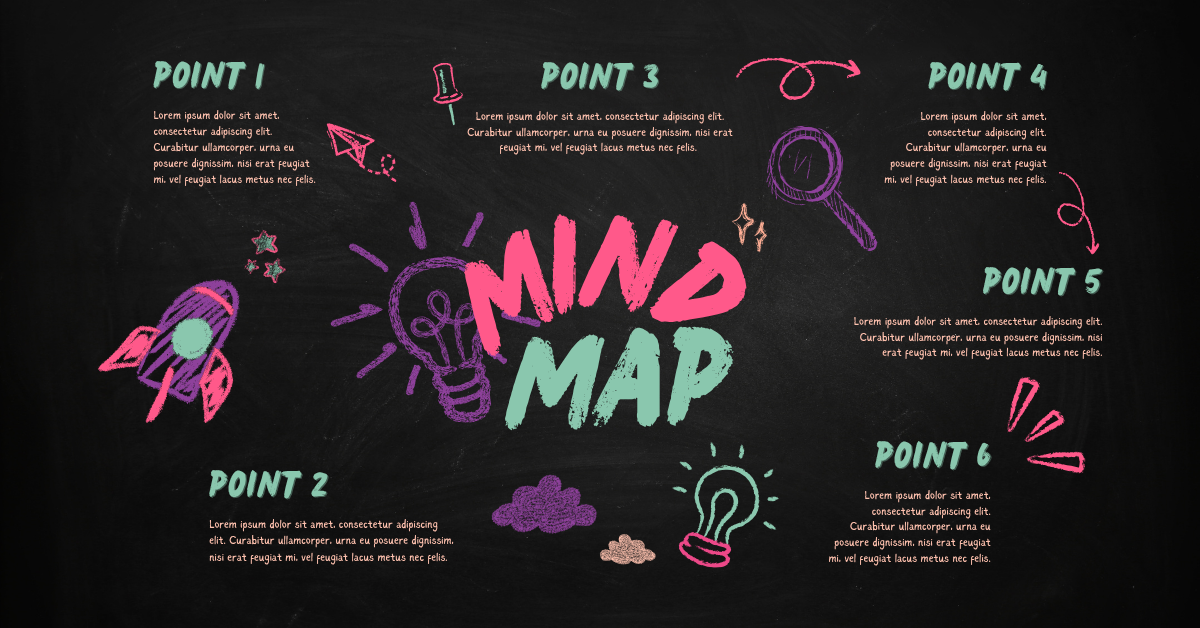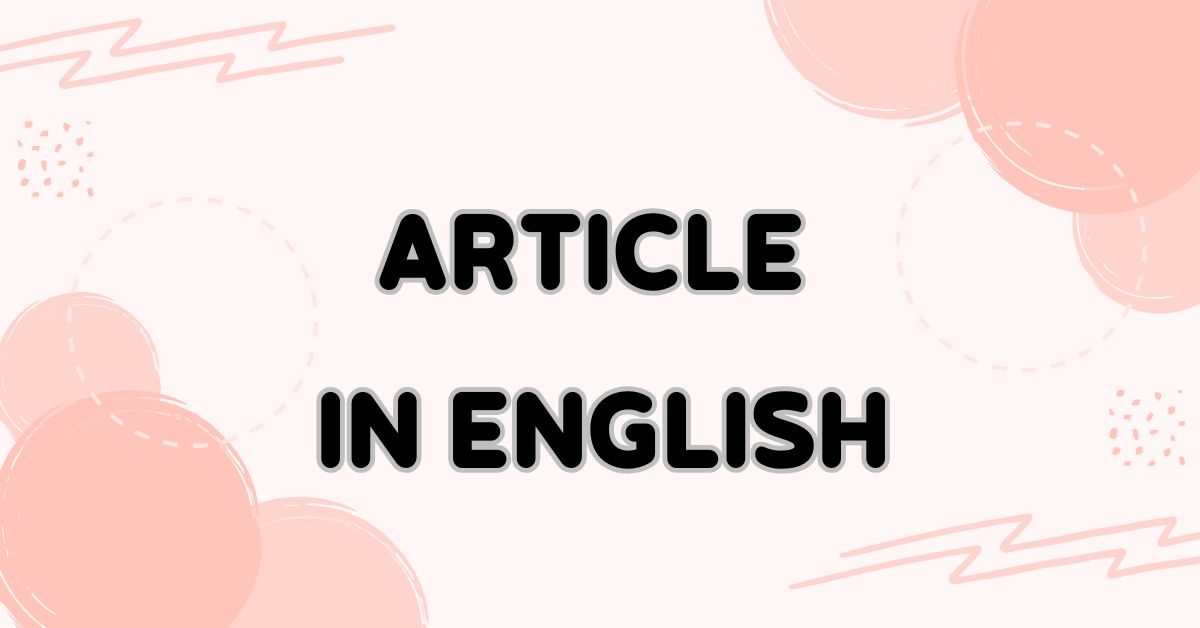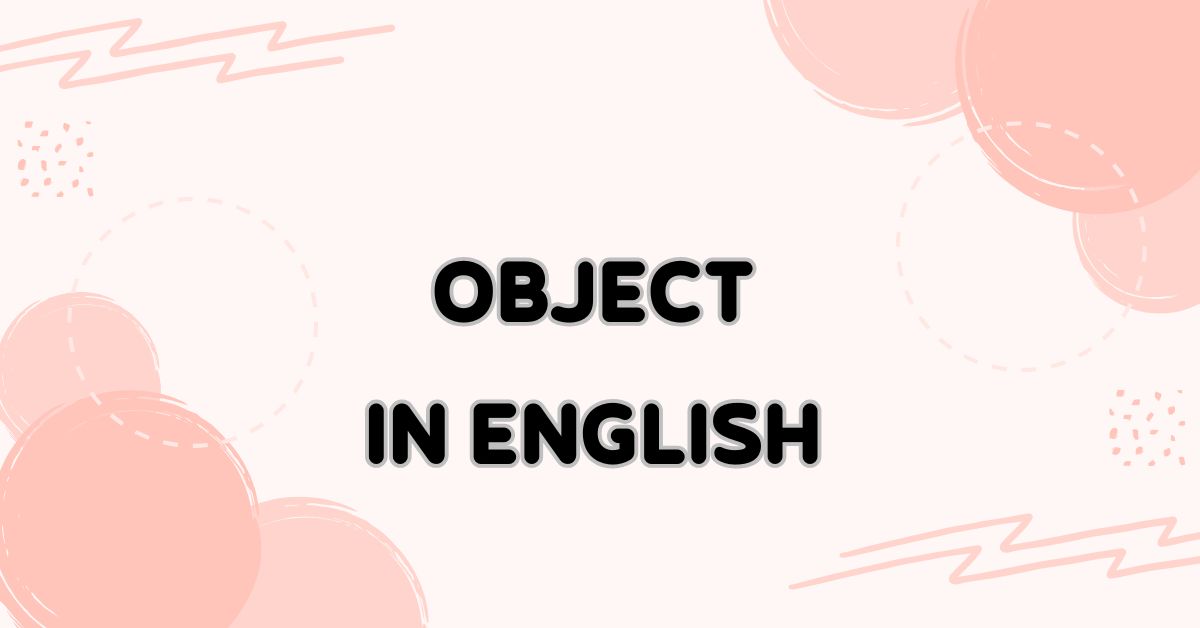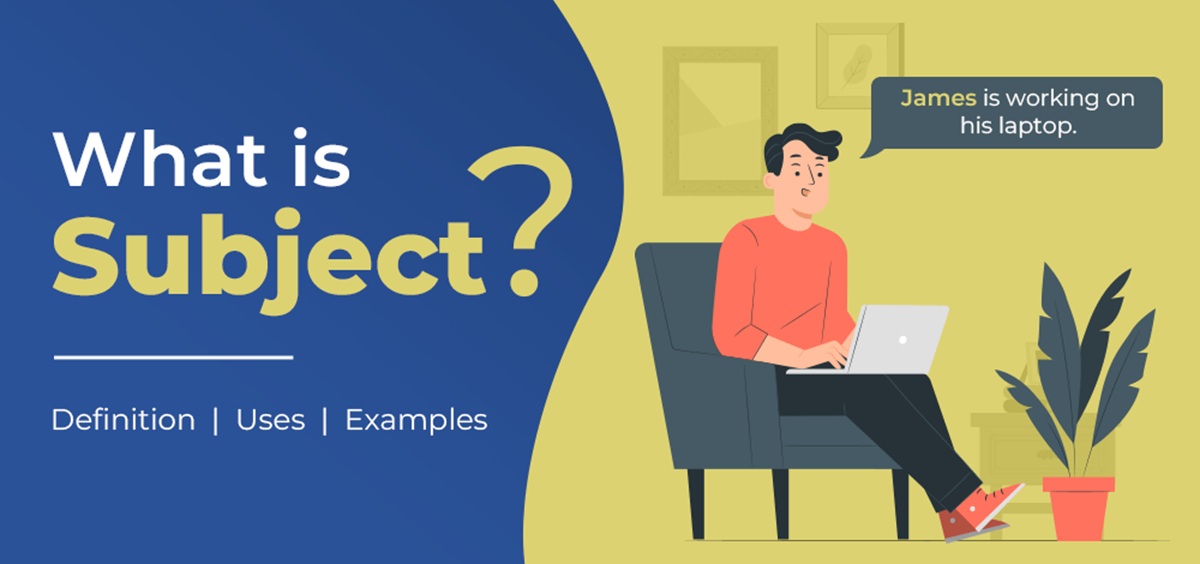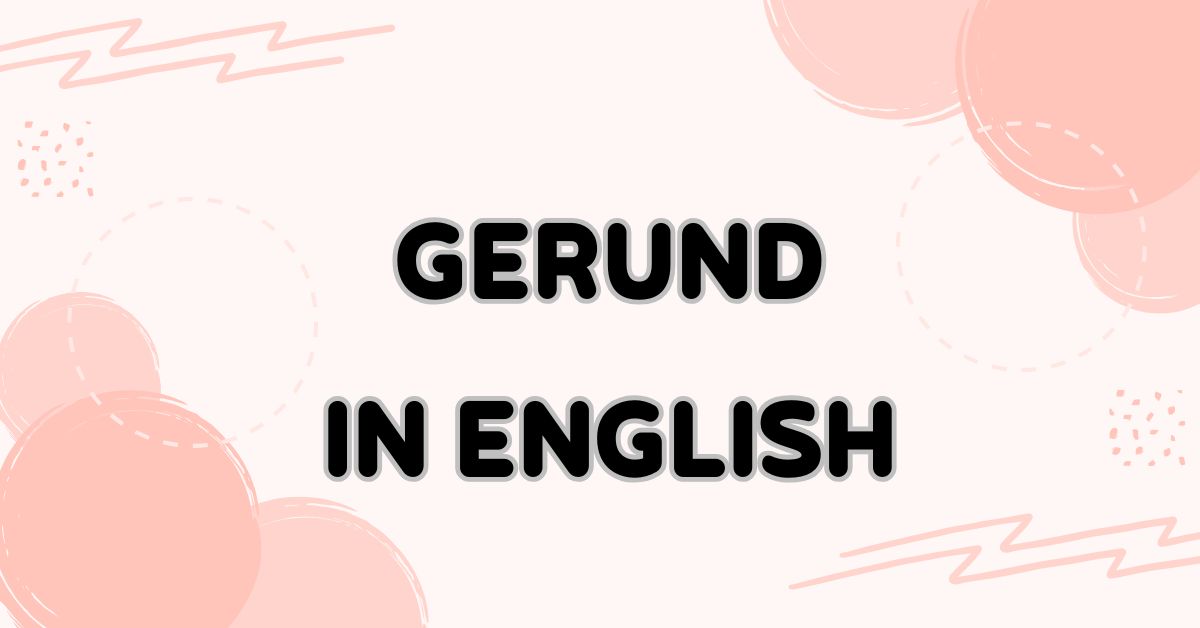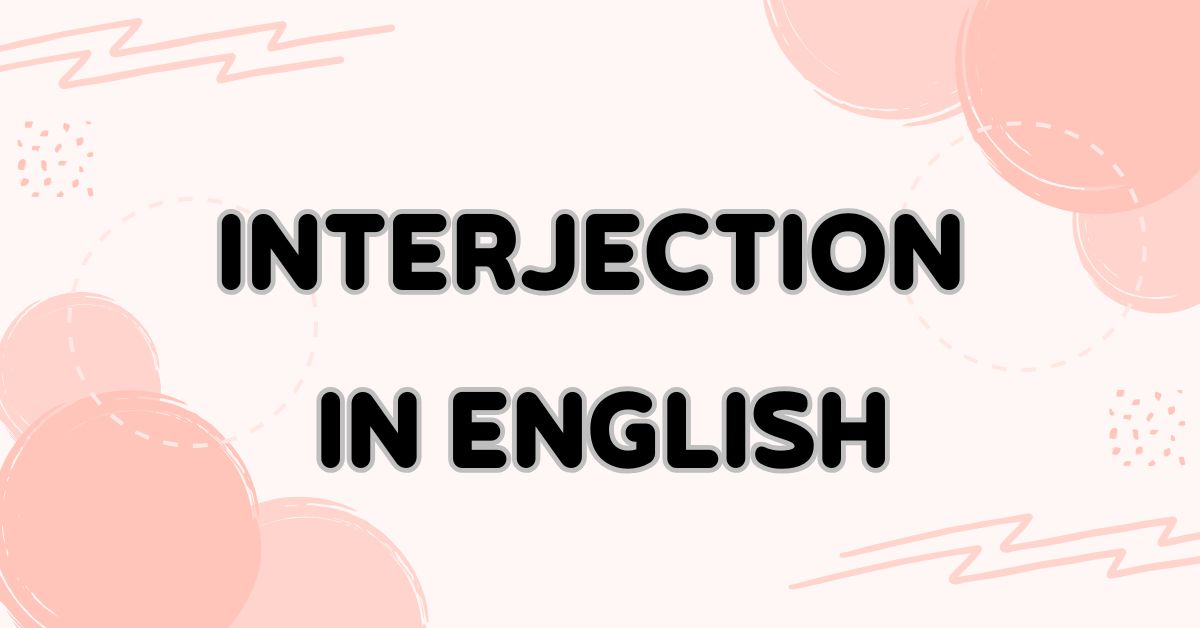The Mind Mapping method is increasingly being used in education due to its ability to stimulate creative thinking and enhance memory retention. Especially when applied to English learning for young children, this method not only helps them absorb knowledge faster but also fosters a natural interest in learning. So, what exactly is Mind Mapping, and how can it be used to teach English to children? Let’s explore the answers with Monkey in the article below.
What is the Mind Mapping method?
Mind Mapping is a method of taking notes and organizing information using images, colors, and keywords. It helps learners remember more easily and understand more deeply. Instead of listing information from top to bottom, a Mind Map starts with a central idea and then branches out into related subtopics.
An easy-to-understand example:
When teaching children English on the topic of “Fruits,” instead of writing a list of words like:
-
Apple
-
Banana
-
Orange
-
Mango
You can draw a mind map with the word “Fruits” in the center, then add surrounding branches such as:
-
A red apple (Apple)
-
A yellow banana (Banana)
-
An orange (Orange)
-
A mango (Mango)
Each branch can include drawings, colors, or extra descriptions like “Apple – red – sweet” to make it more vivid and memorable for the child.
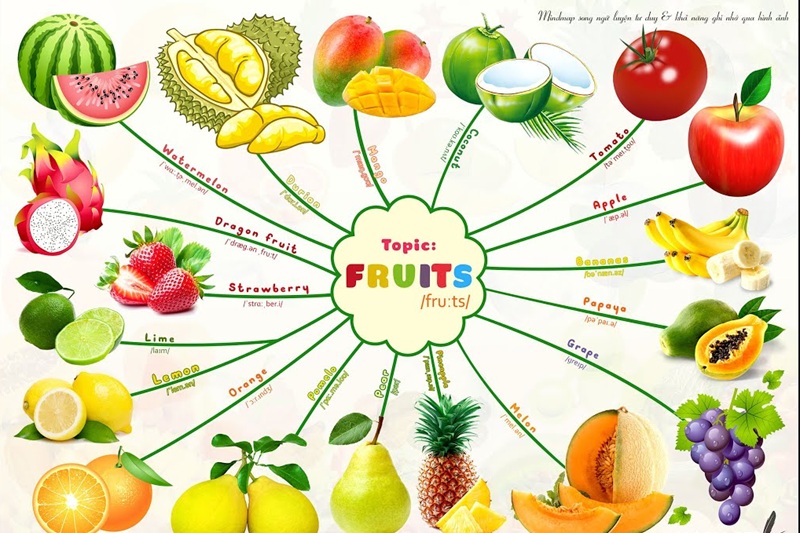
Why should children learn English using Mind Mapping?
The Mind Mapping method is not only suitable for adults but also especially effective for young children. Here are the reasons why this method should be applied to your child’s English learning:
-
Stimulates imagination and creativity: Mind Maps use colors, images, and lively layouts, allowing children to enhance their imagination and creativity when learning vocabulary or sentence structures.
-
Faster learning, better memory retention: Instead of rote memorizing individual words, children remember new words through a network of keywords and visual associations, making it easier and more effective to retain information.
-
Better understanding of topic relationships: Mind Mapping helps children organize information systematically. For example, with the topic “Animals,” they can categorize into “Pets,” “Wild Animals,” and “Aquatic Animals,” naturally expanding their vocabulary.
-
Increases interest and focus: The process of creating mind maps drawing, coloring, choosing keywords, organizing ideas actively involves children in the lesson, making them more engaged and focused while learning.
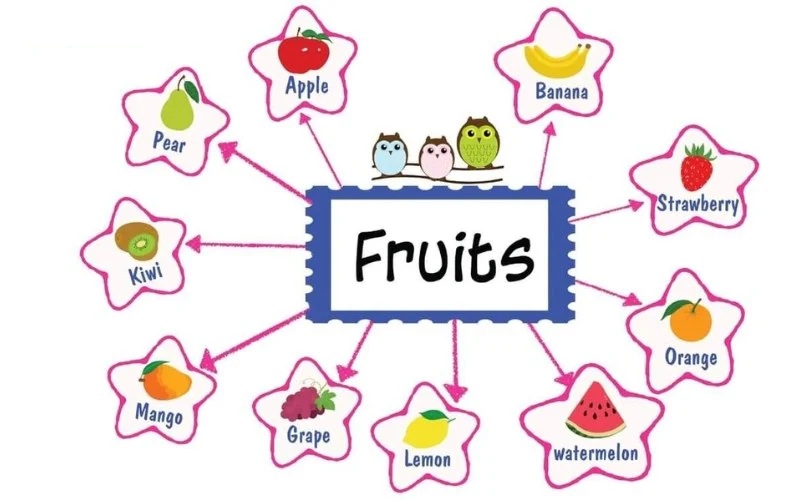
How to apply the Mind Mapping method to teaching English to children
Mind Mapping is not only an effective thinking tool but also highly suitable for teaching English to children, who tend to learn best through visuals, colors, and interactive activities. To maximize its effectiveness, parents and teachers should apply this method correctly and adapt it to each age group. Here are the steps to implement Mind Mapping effectively:
Choose a topic appropriate to the child’s age and interests
Selecting the right topic is the first and very important step. For young children, it’s best to choose topics that are familiar, easy to understand, and connected to their daily experiences, such as:
-
Colors
-
Animals
-
Fruits
-
School supplies
-
Family
Also, consider the child’s personal interests. Do they like superheroes, princesses, or vehicles? Tying lessons to things they love helps them engage more naturally.
Place the topic keyword in the center of the map
Start with a central keyword, which becomes the core of the mind map. It should be written in large, clear text, possibly with an illustration or fun symbol. For example, if the topic is “Fruits,” you could draw a red apple in the center and label it with the word “Fruits” in bright-colored markers.
Create branches and expand sub-ideas
From the central keyword, draw branches like flower petals or tree limbs. Each branch represents a related idea or vocabulary word. For example, under “Fruits,” branches could include:
-
Apple
-
Banana
-
Mango
-
Watermelon
On each branch, write the English word, include phonetics if needed, and use colors to make it more memorable. Branching helps children organize ideas and understand word relationships.
Add pictures, colors, and example descriptions
One of Mind Mapping’s strongest points is visual stimulation. Kids often learn best through images and colors.
For example, next to “Apple,” draw a red apple and add a simple description like:
-
Apple – red – sweet
-
Banana – yellow – long
-
Mango – tropical – juicy
You can also let your child draw the pictures or paste cutouts from magazines, which encourages creativity and active participation.
Encourage your child to draw their own mind maps
After they’ve become familiar with guided examples, let them create their own. This promotes independence in choosing words, visuals, and layout. It also strengthens thinking, organizing, and expression—valuable skills in language and beyond.
Use the mind map for review and speaking practice
Once the map is complete, use it for engaging revision. For example:
-
Ask the child to point to each branch and say the word
-
Make simple sentences using the learned words
-
Tell a short story using the vocabulary from the map
-
Reviewing with a mind map helps reinforce memory and naturally builds speaking and language skills.
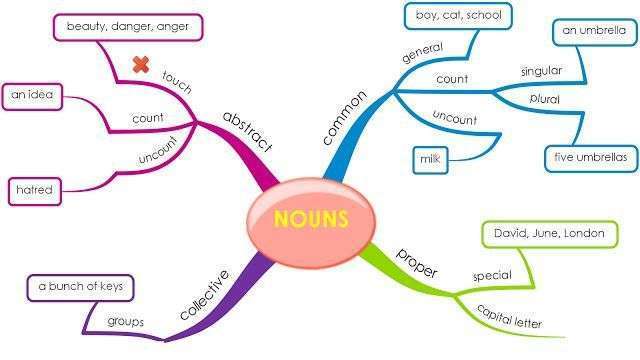
Boost Your Child’s English Learning Effectiveness by Combining with Monkey Junior
To make English learning more effective for children, many parents have adopted Mind Mapping, a visual learning method that helps kids quickly memorize vocabulary, understand topic connections, and develop logical thinking from an early age. However, for this method to reach its full potential, children need a rich vocabulary base, accurate pronunciation, and strong listening and speaking skills. That’s why it’s highly beneficial to combine it with Monkey Junior, an English learning app designed specifically for children aged 0 to 11.
Monkey Junior offers a vast library of lessons with thousands of themed vocabulary words, complete with illustrations, native speaker audio, and interactive games. With a clear, personalized learning path tailored to each child’s age and ability, kids can naturally engage with English, feeling like they’re playing rather than studying.
After each app lesson, parents can guide their child in drawing a Mind Map based on what they’ve just learned. For example, after a lesson on “Fruits,” the child can write “Fruits” in the center of the page and branch out with words like “Apple,” “Banana,” “Mango,” etc., adding illustrations and short descriptions. This method helps reinforce learning while encouraging self-expression and deeper memory retention.
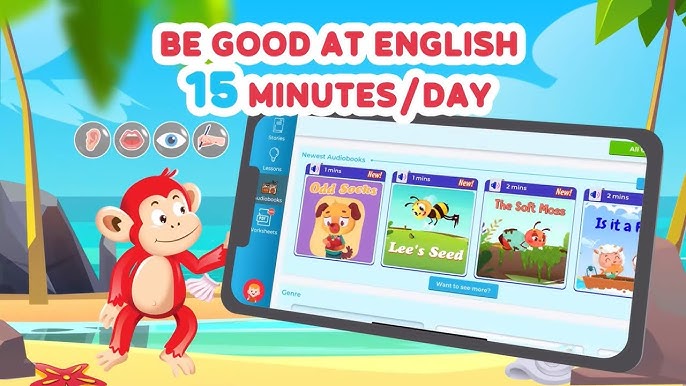
Moreover, Monkey Junior features M-Speak technology, which helps children practice and improve their pronunciation precisely, an excellent companion tool when using Mind Maps with speaking practice. By following the cycle of “Learn – Practice – Remember – Present,” all language skills are developed holistically, far more effectively than learning each in isolation.
Combining Monkey Junior with Mind Mapping not only creates an enjoyable learning experience but also builds a solid language foundation from a young age. If you're looking for an engaging, easy-to-use, and scientifically backed way to teach English, register for Monkey Junior today to access a personalized learning journey that fully supports all four skills: listening, speaking, reading, and writing, while learning alongside your child every day.
Visit the Monkey website to register, or leave your information to receive free consultation from early education experts.
Important Notes When Using Mind Mapping to Learn English with Kids
While Mind Mapping offers many benefits for learning English, to ensure maximum effectiveness, consider these important points:
Choose age-appropriate keywords and topics
Avoid selecting topics that are too broad or complex. For young children, begin with familiar and simple topics like colors, household items, animals, or food. Language learning should connect to real-life experiences to help children understand and remember better.
Use vibrant images and colors
Mind Maps work best when paired with visuals and color. Encourage your child to color and draw illustrations for each vocabulary word. This boosts imagination and enhances memory through visual learning.
Limit the amount of information in one map
Each map should focus on just one topic, ideally with 5–7 main branches. Too many words or details may overwhelm the child. Keep it simple and clear, especially for younger learners.
Always combine pronunciation and sentence practice
Don’t stop at just drawing and writing vocabulary, include pronunciation and simple sentence formation. For example, for the word “apple,” have your child say it aloud and make a sentence like “I like apples.” This helps them understand the word in context rather than just memorizing it.
Encourage your child to present their own Mind Map
Once the map is complete, let your child explain it in English by going through each branch, naming the word, its meaning, color, how they feel about it, or telling a short story. This develops their speaking skills and logical thinking.
Review and repeat regularly
Mind Maps are excellent for revision. Go back to older maps after 2–3 days or at the end of the week to strengthen memory. You can also expand maps with related words over time.
Combine with high-quality learning materials
To provide a strong vocabulary base, accurate pronunciation, and structured lessons, use Mind Mapping alongside apps like Monkey Junior. This app offers themed lessons, illustrations, and native pronunciation, an excellent foundation for building effective Mind Maps.
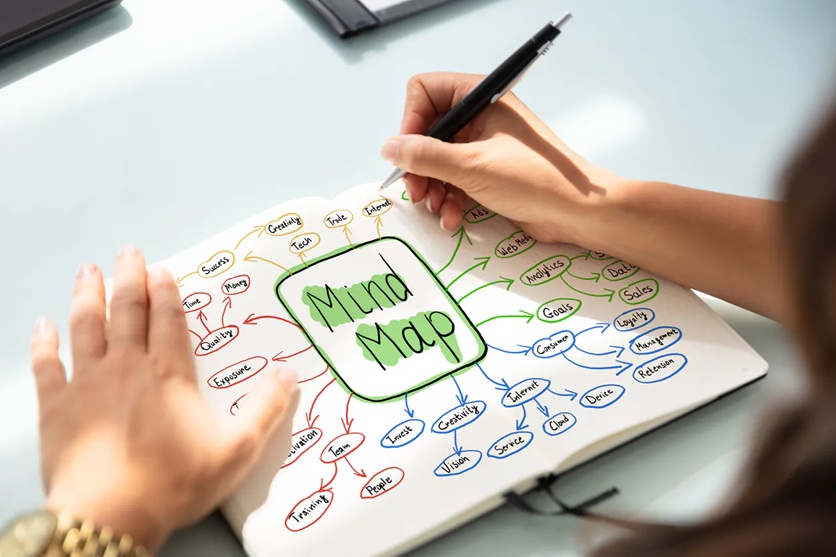
FAQ – Frequently Asked Questions About Mind Mapping for Kids
Is Mind Mapping suitable for preschoolers?
Yes. For preschoolers, just simplify the map using pictures, colors, and a small number of words (3–5). This helps them get used to structured memory techniques.
Does my child need good drawing skills to use Mind Mapping?
No. The goal is to help your child understand and remember, so the map just needs to be clear and recognizable. Simple drawings or using stickers and images work just fine.
How often should my child use Mind Mapping?
Ideally 2–3 sessions per week, each lasting 15–20 minutes. Use it after learning themed vocabulary or for review. Avoid overloading your child in one session.
Can Mind Mapping be combined with English learning apps?
Absolutely. Apps like Monkey Junior provide vocabulary, pronunciation, and clear themes. After each lesson, your child can build a Mind Map based on what they’ve learned.
What if my child doesn’t like drawing? Can this method still work?
Yes. You can use printed map templates, help your child paste images, color them, or simply talk through the map. The key is understanding and remembering through visuals.
When can a child start making Mind Maps independently?
Usually from age 6 and up, children can begin to create maps on their own with light guidance. However, every child develops at their own pace, so adjust accordingly.
Conclusion
As we can see, Mind Mapping method is an effective tool for helping children learn English. It supports quick vocabulary retention, enhances logical thinking, and increases learning motivation. When applied correctly and combined with modern learning methods, children can absorb English more naturally, actively, and creatively every day.
